The Curve: A Slow Pour of Tariffs 10-27-25
We update the state of yields after a mild but mixed week for UST.
Then again, maybe it won’t be worth it…
The CPI numbers for September lack drama on the negative side, and the absence of pain was good enough to light up equities and reassure on Fed action in the next two meetings. The reality is that there was clear evidence of inflation in select product lines with headline inflation above what the market saw in Dec 2024. We also saw “All Items Less Shelter” at 2.7% (up +0.2 on the month) vs. 1.9% in Dec 2024. That is not enough to derail equity markets or the UST.
The 10Y UST wavered around the 4.0% line this past week with some brief 3% handles. Yields ticked slightly higher this morning to 4.03% and then back to 3.99% as we go to print. The markets is upbeat on China-US trade scenarios ahead of the APEC Summit. The termination of the Canada trade talks and 10% tariff top-off by Trump earned a big yawn since it was not a change to the status quo. After all, massive tariffs are already in place and being collected, and Canada has surrendered so far (for many good reasons) on retaliation. In other words, the nonspecific 10% did not move the risk needle with so much more in tariffs already ahead – not to mention the USMCA review in 2026. Canada and Mexico nerves are for another day.
We update the 3M to 5Y UST slope with a reshaping of the front-end inversion likely on the FOMC easing by year end with more questions around what comes next when (if?) we start getting new data from the BLS and BEA. That includes critical payroll data and GDP line items for 3Q25. Inflation ahead and payroll weakness could be a mild form of stagflation relative to the wars of 1973-1975 and 1979-1982. For now, the 3Q25 earnings season is steady and solid and pushes back on the contraction scenarios.
NOTE: The chart above and those that follow update our rolling review on the state of yields. We break some sections into two parts: “Recent Trends” and “Historical Context.” The historical context is more about background, memory joggers, and for new readers. The recent trends is a quick summary of the recent UST action.
Recent Trends:
With the Sept easing printed at -25 bps, the two FOMC meetings ahead show overwhelming odds of -25 bps cuts in each including this coming week and another in December. The Sept CPI release this past week removed any remaining barriers, and we may not even see an Oct CPI release (see CPI September 2025: Headline Up, Core Down 10-24-25). The Sept CPI number was critical for the Social Security COLA math for 2026 (note: COLA came in at +2.8% or below the current run rate of inflation of 3.0%).
The FOMC in December should have the pending SCOTUS decision in hand on the legality of Trump’s IEEPA strategy (expected after oral arguments in early November). An adverse IEEPA decision would materially change trade negotiation dynamics and could even encourage trade partners to fight back where they currently now surrender.
When the shutdown ends is anybody’s guess, but it will not be good for payrolls and will bring other multiplier effects from cancelled programs. One theory is a few Democrats in the Senate will flip after the Nov 1 health care premium spikes gets more airtime. The Dems can make political hay with that for a few days on the way to voting for a continuing resolution to get people back on payroll. By that point, the health care consumer will be officially screwed.
As a reminder, the last full month of Biden’s term saw headline CPI in Dec 2024 at 2.9% (below the Sept 2025 rate). The Fed was late to the party in late 2021 and early 2022 ahead of the March action. The FOMC then aggressively dealt with the threat in 2022-2023. Powell gets no credit for the belated but successful actions. Biden was the second President since the Nixon/Ford years to finish a term with no recession months (Clinton was the other across 8 years). Biden also kept the streak alive seen with Ford and Carter – if you see high inflation while in office, you are soon out of office.
Historical Context:
The above chart overall helps give historical context to the level and shape of the current yield curve vs. a range of market backdrops. The curves are plotted across some historical economic expansions and in some cases pending turns in the economic and/or monetary cycle. They are worth pondering for compare-and-contrast purposes since they mark key transition points in cycles and market risk backdrops. In some cases, the timelines included bouts of dulled risk senses and occasional valuation excess (notably 1989, 2000, 2006).
Highlights across monetary journey…
The last time a stagflation threat had to be considered was after the Carter inversion of 1978 indicated above. The stagflation threat then showed up in force by the Dec 1980 curve after a peak Misery Index of 22% in June 1980 and Volcker was in full swing trying to break inflation.
Another useful period to ponder is the TMT cycle faltering in 2000 on the way to a massive Greenspan easing in 2001. The current cyclical tech boom and valuations cannot escape looking back at the late 1990s. That period saw credit markets under pressure in 1999 and creeping up on 6% HY default rates, but that did not stop the NASDAQ from printing an 86% total return year in 1999 on the way to a March 2000 peak (see UST Curve History: Credit Cycle Peaks 10-12-22, Greenspan’s Last Hurrah: His Wild Finish Before the Crisis 10-30-22, Yield Curve Lookbacks: UST Shifts at Cyclical Turns 10-16-23).
That period offers another case study in excess across equity and credit markets with the peak in 1999 (credit) and NASDAQ (2000). The TMT bubble bursting soon led to excessive easing by Greenspan in 2001 and then into early 2004, in turn setting the table for the housing bubble peak in 2006. During the 2004 to 2007 period, leveraged derivative exposure and structured credit was out of control and counterparty risk was soaring. The good news is that currently the credit markets and banking/dealer systems are sound unlike 1999 and 2007.
Private credit and rating agencies “working hard for the money” will bring some scrutiny, but the investors still face the obvious obligation to conduct their due diligence. As an analyst who started in private placements at Prudential in the early 1980s, there was plenty of focus on due diligence and covenant structure. Many of those analysts on “privates” team migrated to HY bond business lines.
“Private Credit” as a concept thus is not new but is traveling a different structural path now with new participants and AUM gathering. The silver lining of the opaque process is that some of the “smartest guys in the credit business” are driving it. They want the market to grow (by trillions) and being smart prudent about it now makes more sense than not. Assuming a cockroach festival seems like extrapolation run amok. As always, there will be dogs. That is intrinsic to the process.
Passing across the distortion years…
The chart above jumps from 2006 to 2023, which takes the market beyond the crisis period and the ZIRP years and COVID. Both the post-credit crisis period and later COVID crisis prompted the Fed to deliver a wave of market liquidity support and confidence building programs that helped save the capital markets, reopened the credit markets, reduced refinancing risk anxiety, and reduced the contingent liquidity risk profile of the banks.
The credit crisis period from late 2008 to COVID in 2020 brought plenty of QE and normalization distortions to the yield curve shape. The Fed’s dual mandate made that possible. The market could soon face new legislative threats to the Fed in 2026 that seek to reel in the dual mandate. That is based on commentary from Bessent and mirror plans discussed in Project 2025 (See Chapter 24). That will be a topic to tackle as we get closer to those ideas coming into play.
Recent Trends:
The above chart plots the recent trends in the 30Y UST vs. the dollar index (DXY) as the US dollar weakness throws another risk variable into the picture and poses a major risk factor for non-US buyers of UST.
This past week saw the dollar firm up to 98.94 as noted in the chart. The dollar action and commentary are not signaling a hyper easing move yet – at least until Trump gets “his guy” in the seat in the spring of 2026 and more like-minded people in leadership positions.
The UST action out to 30Y from last week was muted out the curve as we detail further below. The reality is that a UST steepener remains very much a threat with inflation not easing and UST supply pressures remaining higher across the longer horizon despite the tariff revenue. A setback on IEEPA at SCOTUS would not help the technical supply-demand picture but would ease some inflation fears. On the other side of the risk checklist, trade partners might be more emboldened (or less cowed) if SCOTUS removed the ability of Trump to drop triple-digit tariff threats with every mood swing. In a twist, that might increase the risk of retaliation.
Historical Context:
Team Trump loves to speak of record tariff revenue as if the word “record” makes it a good thing when it comes out of US consumer and corporate pockets. If you want to create a recipe for stagflation, that would be the easier recipe book. Just add record deficits and a weaker dollar from the spice rack that make the tariff even higher at the border.
Tariffs hit prices or profitability – there is no hiding from the tariff expense paid to customs by the buyer/importer. Resulting expense offsets create layoffs or slow hiring and potentially reduce expansion by companies who get hit on the cost line. Reigniting the trade war with China would exacerbate this issue, so the APEC outcome will likely be a “revised framework” that in substance is just another pause/truce. How it all plays out (actual tariff % by product lines, carve outs for various goods, pharma, etc.) remains to be seen.
The currency challenge…
The dollar has gone through its worst pounding in 2025 since the 1970s during the dark days of stagflation and multiple deep recessions. On the one hand, lower rates could be a catalyst for dollar weakness while political risk factors and governance quality should now be factors in the US sovereign credit quality assessment. The flip side is rates and inflation metrics may not cooperate with baseline scenarios. In a world where everyone is a borrower, someone has to be the lender.
Record forward-looking deficits and the optics of political instability (military occupation of major cities by an authoritarian-leaning, confrontational leader) adds a negative element to the sovereign risk profile of the US that no rating agency would have the courage to flag. The latest assault on free speech and Trump’s threat to arrest people who accuse him of being against free speech is not without its humor and twisted irony (“Call me a fascist and I will arrest you”?!?). Tossing around the Insurrection Act is anything but reassuring to political stability and broader economic confidence. Demanding Federal monitors of select Blue state elections handpicked by Trump is not a Founding Fathers moment. States run election rules – not the White House.
The current shutdown looks likely to beat Trump’s 2019 record, and that is not inspiration for UST demand or the dollar. The political goal could be to inspire more “Hatfields vs. McCoys” division and “team loyalty” and head off the move to force the production of the Epstein files. Unlike in the Senate, the House leader Mike Johnson refuses to swear in the deciding vote (a special election Democrat) or bring the House back into session until the shutdown is over. The intent is clear. Make the clash uglier and peel off some support to block the Epstein files evidence demands.
The shutdown is one more case of “politics = policy = economics” as services and payrolls can be decimated. It also blurs performance attribution in framing and evaluating Trump macro policy (notably tariffs). Construction projects get delayed, investments stall, and both federal and private sector payrolls can get hit.
Recent Trends:
The above chart updates the post-easing shift and gives some context to the last major easing in Sept 2024. The current curve has not yet followed the Sept 2024 shift into a bull flattener with the lower fed funds, but we are seeing some signs of a rally in the 10Y UST to the 4.0% line (above the 3.6% lows of Sept 2024). The rally after Sept 2024 was brief and soon gave way to a bear steepener. We are at a critical juncture for this latest 4Q25 easing sequence.
We saw the 3M UST move lower this week in anticipation of the easing while the 1Y to 7Y saw a very slight uptick. The long bond (30Y) chaos in various countries has kept global investors on edge since the supply-demand concerns for UST funding are not going away. That said, we have seen the UST 30Y finally get into a modest rally mode in 2025 (covered further below).
Historical Context:
The above chart frames today’s rates amid the wild ride from the Oct 2023 peak (10Y UST) down across the bull flattener into year-end 2023 and then into the easing actions and rally of Sept 2024. Then came the ensuing bear steepener that is evident in the journey to Oct 2025. We break out some numerical UST deltas in the box.
The UST experience in the period after Sept 2024 and the -50 bps in cuts (followed by another two cuts in 4Q24) will loom large in memory banks. This chart reminds us that the “ease and flatten” shapeshifting pattern is hard to rely on in a market where the supply-demand of UST is tenuous and tariff impacts are hard to predict.
Fed easing and the flattener vs. steepener debate…
There was a lot of bear steepener action from the end of 2023 into the summer of 2024 and fresh bouts of the same after the big rally in the fall of 2024. The Sept 2024 easing gyrations will make it hard to take much for granted this time after Sept 2025 with much higher, sweeping tariff policies and an ongoing debate over a cyclical slowing in the mix of variables. Payroll weakness and slower consumption and demand would help the short end, but the 10Y UST move is more complicated. We still expect 2026 to bring a 3M to 10Y steepener with a lower short end and a stubborn long end.
Historical Context:
The above chart just updates where the current UST curve stands relative to the Dec 2020 UST curve on the low end and the 10-19-23 highs after the tightening cycle went into effect in March 2022.
Recent Trends:
The above chart updates the 1-week UST deltas and the renewed anxiety around the cycle and the lack of predictability on what might come with the lingering trade tension and IEEPA clock ticking. Inflation fears vs. growth worries and how that all flows into payrolls, consumer spending, and industrial production rates (e.g. autos) leaves a long list of questions. A lack of ongoing macro data does not help the process, but 3Q25 earnings season was supportive.
Only time will tell how this might shake out and impact the pace of FOMC easing in coming months. We’ll keep our ears open for comments by Fed members, especially those already cautioning against further easing in the face of tariff uncertainty. The “hawks” need to ponder the recession risk vs. the goods affordability challenge as one big line item – health care insurance – is going to have multiplier effects beyond the big tax bill.
Meanwhile, the ACA premium costs being used by the Democrats in the current shutdown is one more household affordability shock beyond tariffs to use against Trump. The health care topic has an ugly history (Obama enmity, “thumbs down” from John McCain on repeal, replace vs. repeal and “replace with what?” after a decade of talk, etc.). Mike Johnson as GOP and Speaker claimed today that the GOP is working on a health care plan while in recess. Unfortunately, the health care premium ship will have already sailed and the consumer will face a zero-sum reality on what they cannot spend elsewhere. Consumer stress will rise.
For all those who say the Fed is damaging the housing market, the mortgage story and the supply-demand imbalances by region and price tier underscore that the topic is a lot more complicated than that. This week, the 30Y mortgage rate level dipped to 6.19% based on the UST and spreads. In the immediate aftermath of the easing, we saw mortgage rates move higher to almost 6.4%, and that came after it had moved closer to 6.1% prior to the easing. In other words, how mortgages rates react to fed funds is a tough call. Everyone got a taste in late 2024 and into 2025 that the fed funds rate does not dictate mortgage rates, and that Sept 2024 aftermath was before the tariff wave started to work its way into the various industry ecosystems.
Recent Trends:
The above chart updates the YTD UST deltas. We see how the bull steepener has paid off for bond returns in YTD 2025 with the 7 bond ETFs we track all in positive return range (see Market Commentary: Asset Returns 10-26-25).
Recent Trends:
The above chart updates the running UST deltas from the recent low point in the post-tightening cycle reached in Sep 2024 (9-16-24) when the 10Y UST (10-19-23) dipped to 3.6% around the first -50 bps easing. At the very least, the 3.6% on 10Y UST (after the Sep 2024 easing) offers some hope to the UST flattening bulls today as the FOMC gears up for more easing heading into year end.
The 4.02% from the Friday close underscores the stubbornness of the long end when the market is looking at another 2 cuts in 2025 and the expectation of weaker payrolls when we finally get numbers. The Friday CPI release might have been a relief, but it’s still distant from the Fed’s 2% target.
Historical context:
The biggest difference between the current backdrop and Sept 2024 is the radically different tariff policies and the slowing GDP growth. There is no question the economy has been posting weaker growth in 2025 than 2024. PCE is weaker in growth while the investment line should recover based on the proposed investment “promises.” Those are not in the GDP numbers yet.
Lead times on projects vary materially, and a promise is not a contract. We assume the loosely defined investment promises are subject to market conditions and to final, inked trade deals. As of now, new ironclad trade deals are lacking with the EU, Mexico, Canada, and China. That is, deals are lacking for the majority of US trade, which is dominated by those four.
GDP Jedi Mind Tricks…
The sudden shift by Team Trump (notably Bessent, Hassett) to emphasize the 2Q25 headline GDP of 3.8% after instructing their audience to ignore the revised 1Q25 headline number of -0.6% as distorted is almost funny.
The key here is to understand how the major tariff-related distortions in net exports/imports and “change in inventories” lines impact the headline GDP number. This is not necessarily intuitive.
Headline GDP for both 1Q25 and 2Q25 is materially distorted by the import line. In 1Q25, higher imports, as part of the pre-tariff import spike and inventory build, generated a -4.7% hit to GDP. In 2Q25, dramatically lower imports generated an additional +5.0% to headline GDP. That +5.0% decline in imports gets netted against a -0.2% decline in exports for a net addition to GDP of +4.8% in 2Q25.
Bessent and Hassett want you to adjust for the negative distortions for 1Q25 to make the number higher. Then they want you to ignore the positive distortions from decreased imports in 2Q25. That is a tad self-serving – and intellectually dishonest.
Beyond the net exports/imports line, the “change in private inventories” is also a major distorting variable. In 1Q25, change in private inventories adds +2.6% to GDP while in 2Q25, it deducts -3.4%. In other words, imports in 2Q25 “artificially” boosted GDP and you can net that +5.0% against -3.4% from inventory.
On a darker note, the huge decline in imports can also be construed as a sharp decline in companies’ low-cost sourcing capabilities and in turn higher expenses. That gets back to the debate of how they sustain margins via price or alternative cost cutting. Or companies simply have lower margins. Nothing comes for free under the laws of economics or double-entry accounting.
If you want to make the case that declining imports, declining exports and lower investment in inventories is a good thing in 2Q25, just don’t bring it up in macroeconomics class or ahead of your bonus review.
Headline GDP numbers are part of the exercise, but the value-added focus should always be first and foremost on the PCE lines and various Fixed Investment lines. That is where the cyclical stories can be found.
Recent Trends:
The above chart updates the running UST deltas from 10-19-23 through Friday. At the very least, it offers a reminder of what could go wrong if we get adverse inflation outcomes from tariffs. The politics of inflation have always been a death knell for reasonable discussion based on facts (“seller pays” vs. “buyer pays,” etc.).
The CPI numbers from Friday underscore stubborn inflation in Services and rising inflation in Goods. The 2% target for inflation is around a point below where both CPI and PCE had been hovering. If jobs stay weak and inflation numbers get uglier, there is every reason to expect intervention by the White House in the BLS and BEA process (see Happiness is Doing Your Own Report Card 8-1-25).
Historical Context:
We now live in a world where votes and economic data get rejected, and the lemmings fall right into line and join the disinformation chorus. The data sets do struggle in payroll, and the need to use better model assumptions and improve survey utility have been picked over ad nauseum. When Trump piled on the “get rid of quarterly reports” bandwagon (in the age of AI and streamlined data delivery), the “intent” to mask any negative trends in the economy started to get more transparent in terms of motives.
The explicit Project 2025 ambition (Chapter 21, 24) is to consolidate data and information and unify control – not to assure better and more comprehensive data. That has been evident in an array of actions that we have covered in other notes. Ambitions for better data require more investment, more tech, and more public-private alliances. That dilutes control – and closer control is the point for the White House.
Recent Trends:
The above chart plots the 3M to 5Y slope from 1984 for a read on the current shapeshifting potential ahead. For the 3M to 5Y, the current -32 bps vs. long-term median of +106 bps shows ample room for steepening from current levels as the 3M shifts with FOMC actions. Bear steepening moves have been common in the 2024-2025 timeline and the next move could be a bull steepener from the front end as the FOMC moves. The tariff topic is one more force that keeps the “good vs. bad steepener” debate on the front burner.
The economy is now slowing in 2025 with PCE inflation still inside the 3.0% line as of the last read in August (see PCE August 2025: Very Slow Fuse 9-26-25). The 3M to 2Y UST inversion of -45 bps is starkly different from the post-1984 historical median of +57 bps.
Historical Context:
We see a peak inversion in May 2023 of -197 bps after the 3M to 5Y had hit a UST segment slope of +221 bps in May 2022 when the macro picture had bounced off COVID in a ZIRP market and fed material supply-demand imbalances. The easing in March 2022 sent the 3M to 5Y UST slope to a brief peak.
Oil and gas prices spiked with the Russian invasion of Ukraine in Feb 2022. That Russian inflation catalyst is seldom – if ever – cited by Trump and his GOP leadership when they point fingers. Politics as usual in Washington.
We also include a box within the chart that details the other UST curve segment slopes that we watch along with the long-term medians. The front-end inversion from 3M is still the most anomalous part of the curve when you consider the fact we have been in an economic expansion since spring 2020 after a very brief 2-month COVID recession per NBER.
See also:
Market Commentary: Asset Returns 10-26-25
Existing Home Sales Sept 2025: Staying in a Tight Range 10-26-25
Mini Market Lookback: Absence of Bad News Reigns 10-25-25
CPI September 2025: Headline Up, Core Down 10-24-25
General Motors Update: Same Ride, Smooth Enough 10-23-25
Credit Markets: The Conan the Barbarian Rule 10-20-25
The Curve: My Kingdom for 10 Cuts 10-19-25
Market Commentary: Asset Returns 10-19-25
Mini Market Lookback: Healthy Banks, Mixed Economy, Poor Governance 10-18-25
Mini Market Lookback: Event Risk Revisited 10-11-25
Credit Profile: General Motors and GM Financial 10-9-25
Mini Market Lookback: Chess? Checkers? Set the game table on fire? 10-4-25
JOLTS Aug 2025: Tough math when “total unemployed > job openings” 9-30-25
Mini Market Lookback: Market Compartmentalization, Political Chaos 9-27-25
PCE August 2025: Very Slow Fuse 9-26-25
Durable Goods Aug 2025: Core Demand Stays Steady 9-25-25
2Q25 GDP Final Estimate: Big Upward Revision 9-25-25
New Homes Sales Aug 2025: Surprise Bounce, Revisions Ahead? 9-25-25
Mini Market Lookback: Easy Street 9-20-25
FOMC: Curve Scenarios Take Wing, Steepen for Now 9-17-25
Home Starts August 2025: Bad News for Starts 9-17-25
Industrial Production Aug 2025: Capacity Utilization 9-16-25
Retail Sales Aug 2025: Resilience with Fraying Edges 9-16-25
Mini Market Lookback: Ugly Week in America, Mild in Markets 9-13-25
CPI August 2025: Slow Burn or Fleeting Adjustment? 9-11-25
PPI Aug 2025: For my next trick… 9-10-25
Mini Market Lookback: Job Trends Worst Since COVID 9-6-25


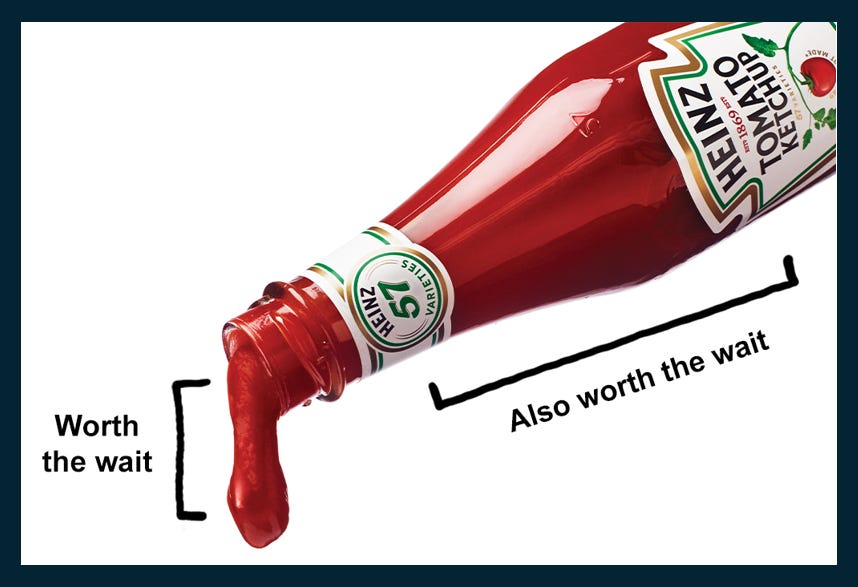
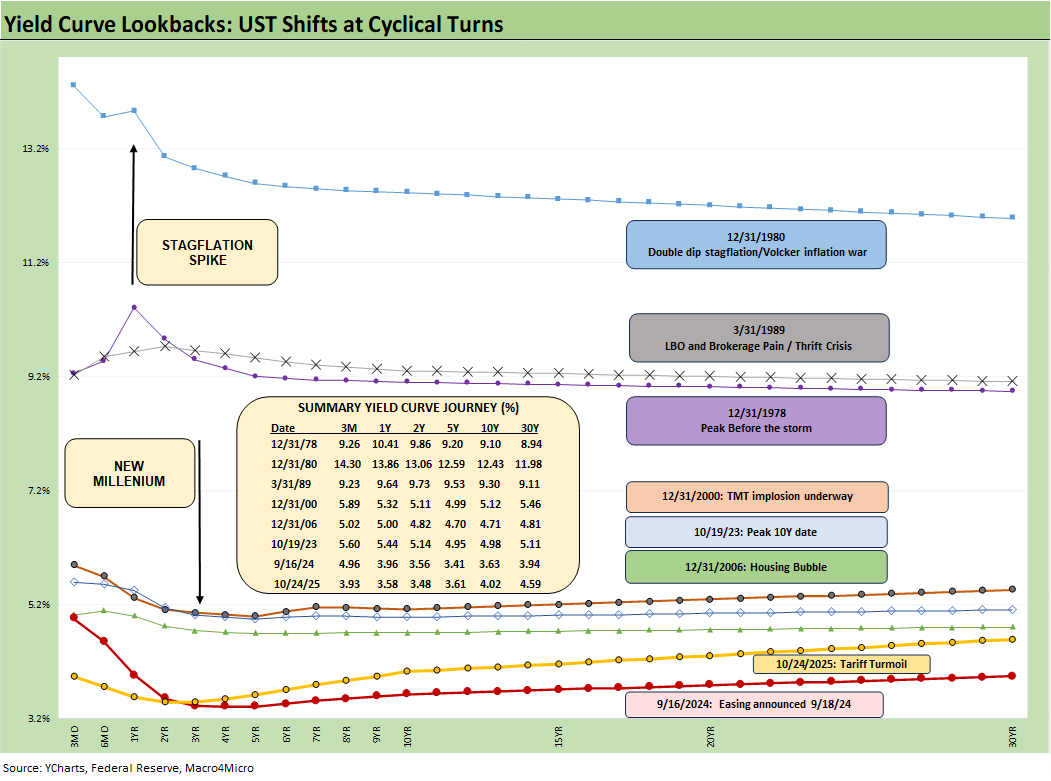
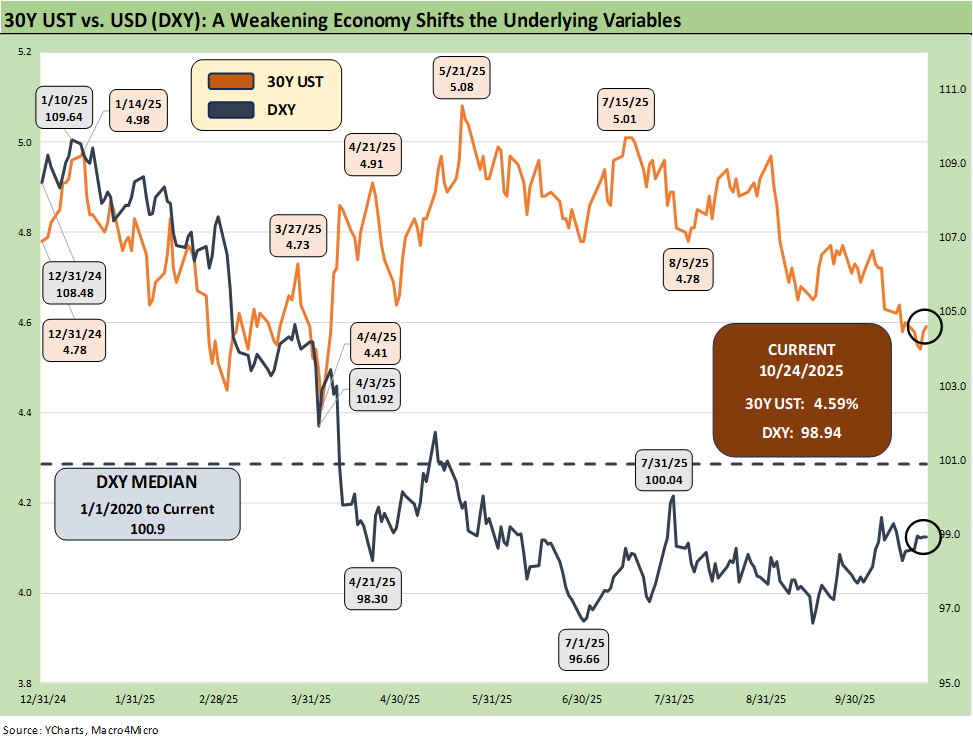
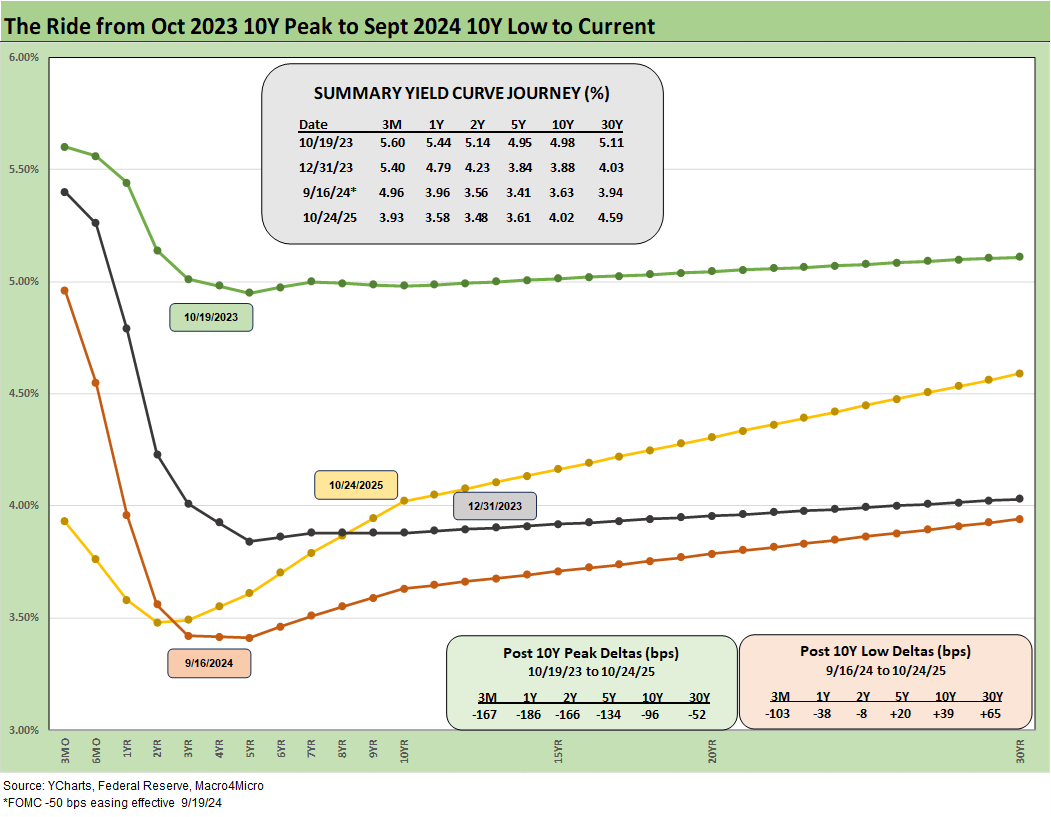
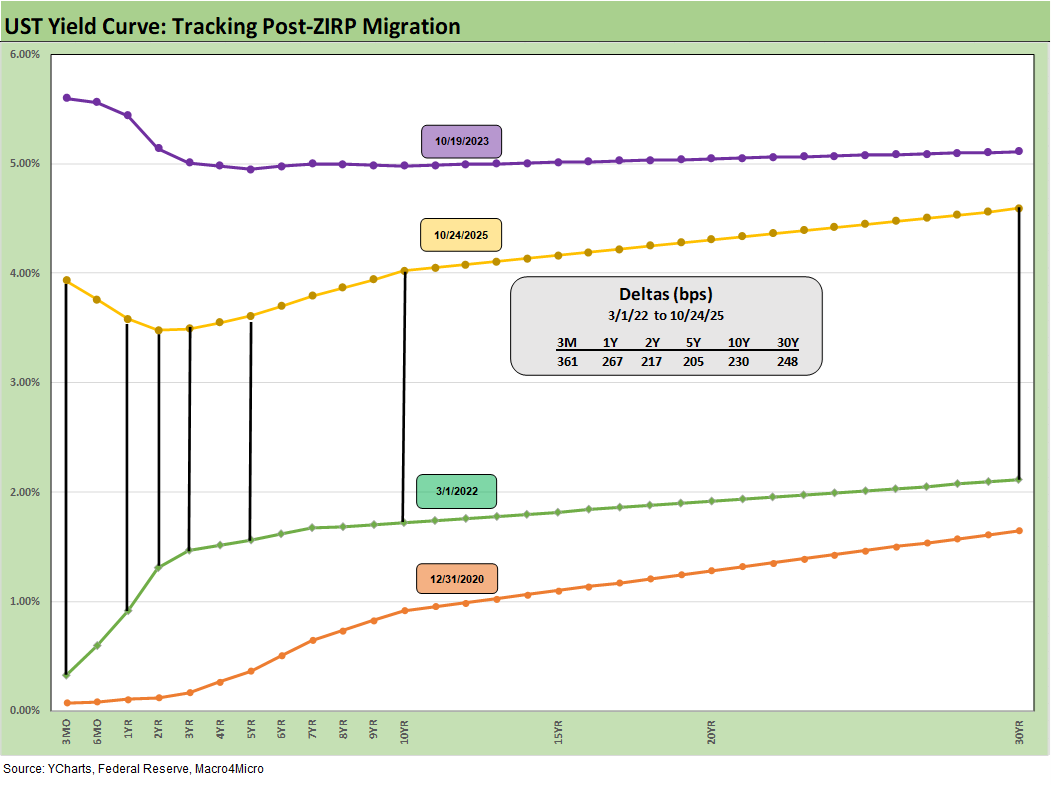
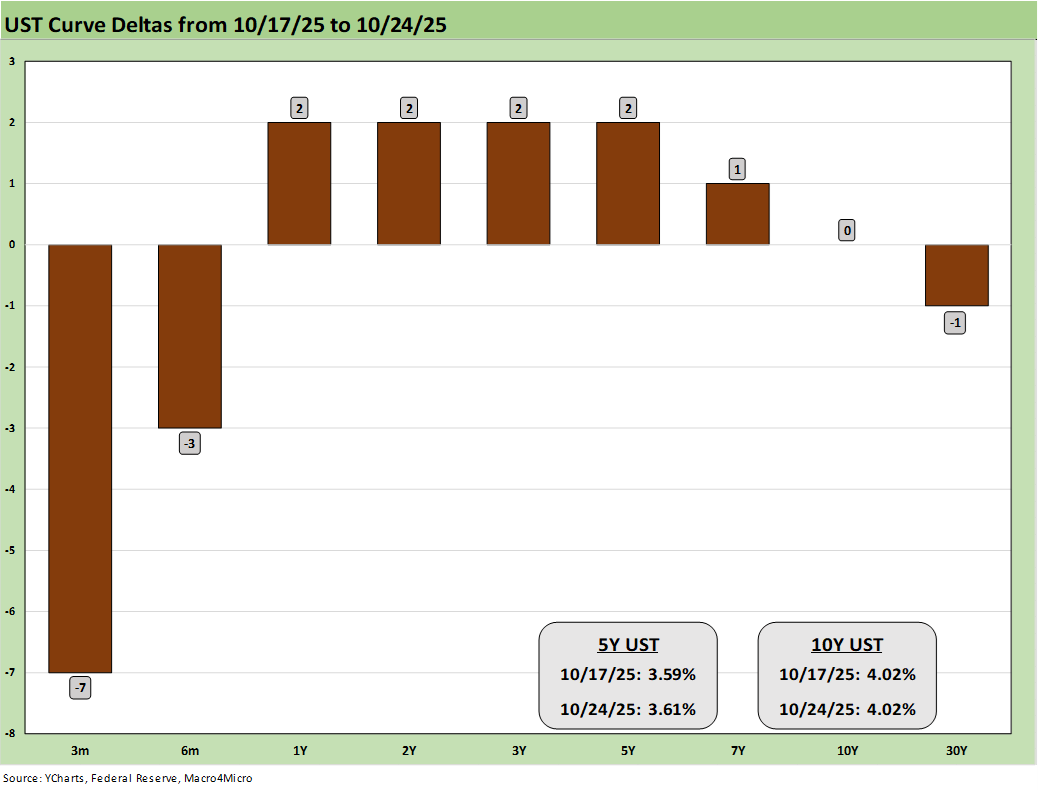
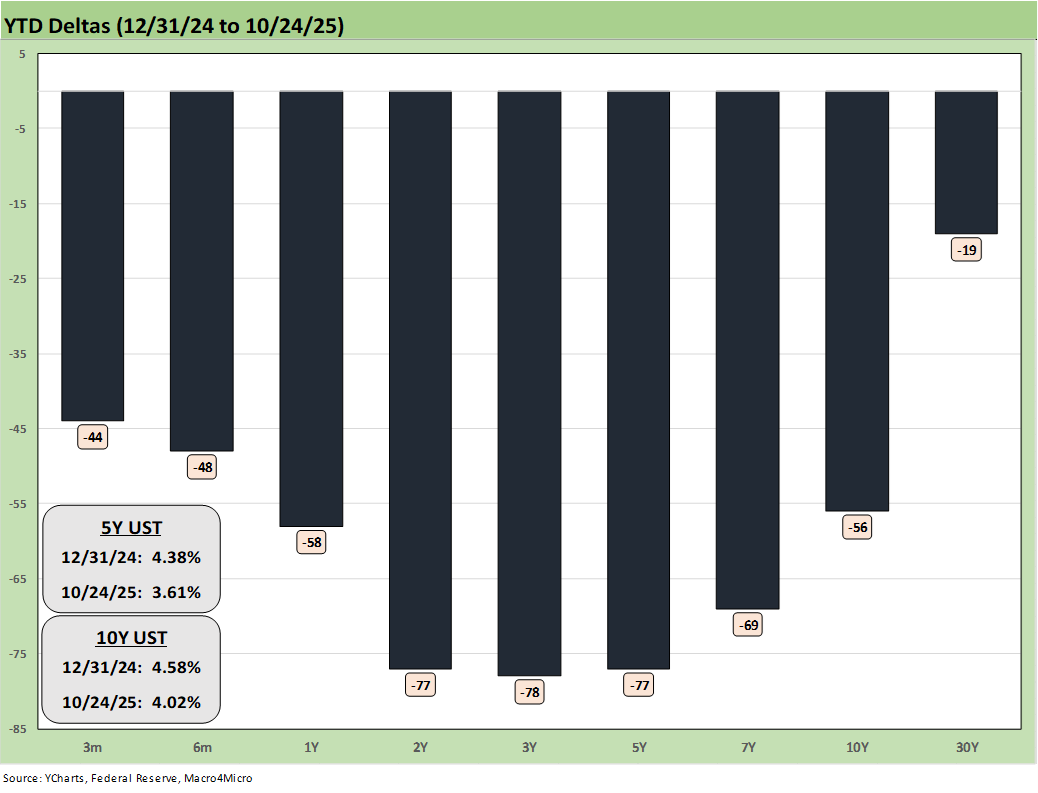
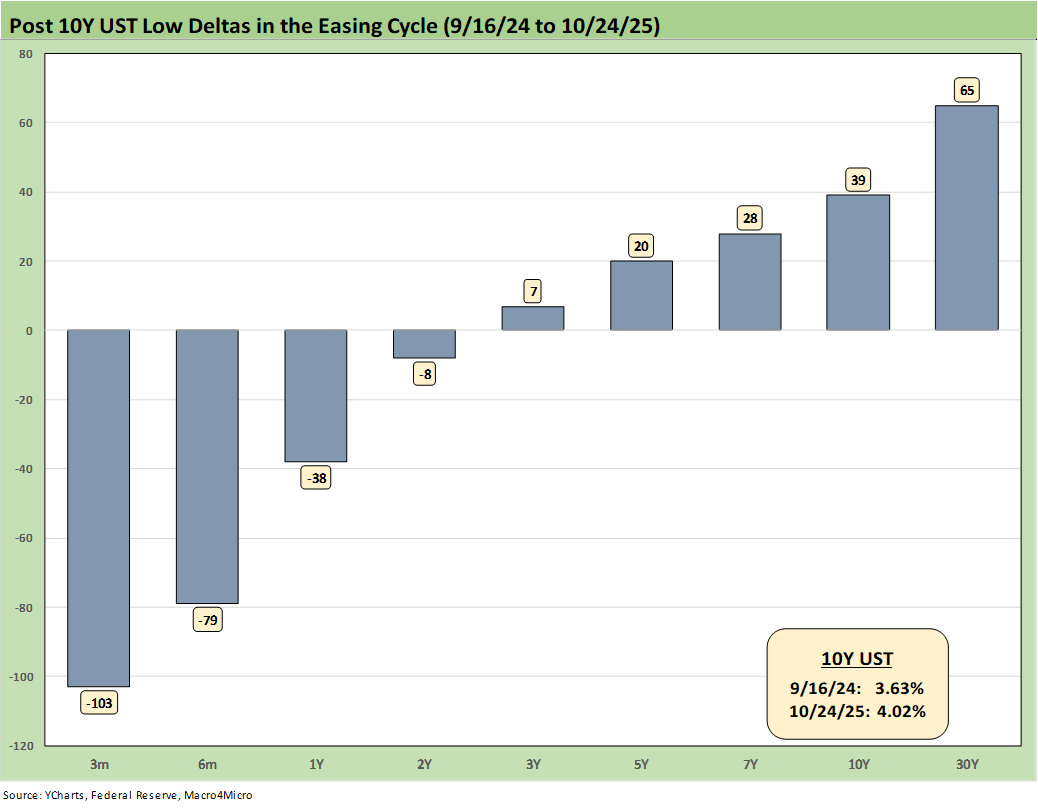
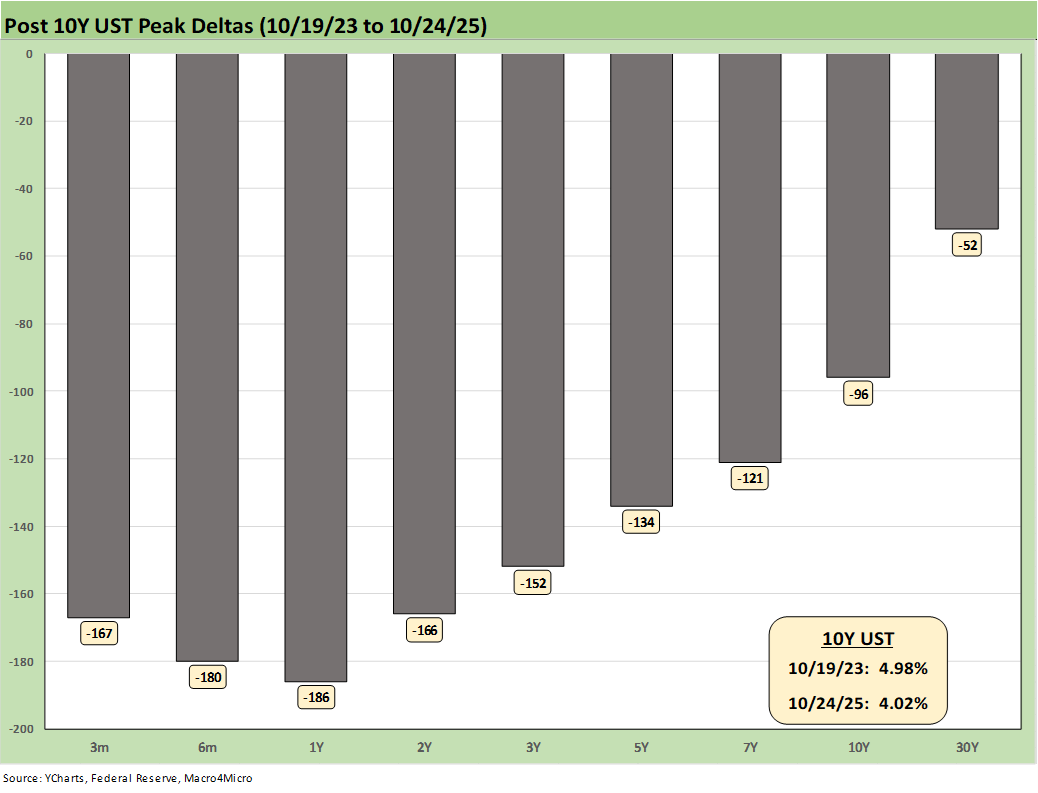
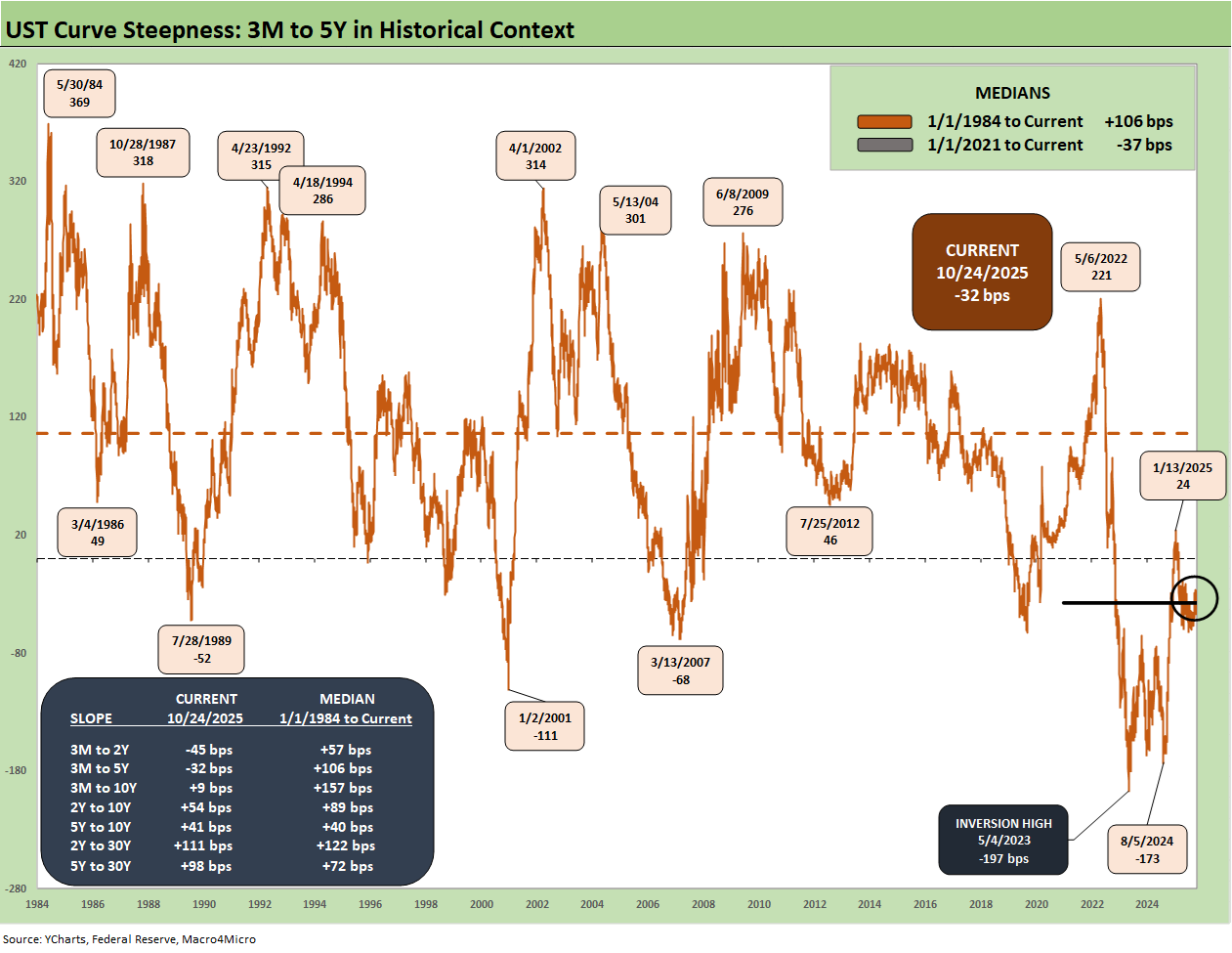
Couldn't agree more. What if Canada stops surrendering?